The evolution of a genius
We can distinguish two phases in Gaudí's work.
- Vicenç House.

- Botines House.

- The Comillas Folly (El Capricho) by Gaudí.
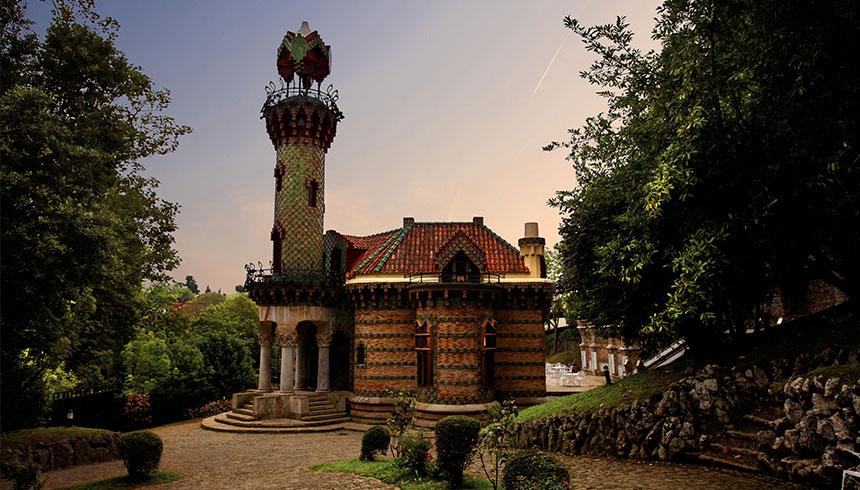
- Detail from the outdoor ceramics of El Capricho.
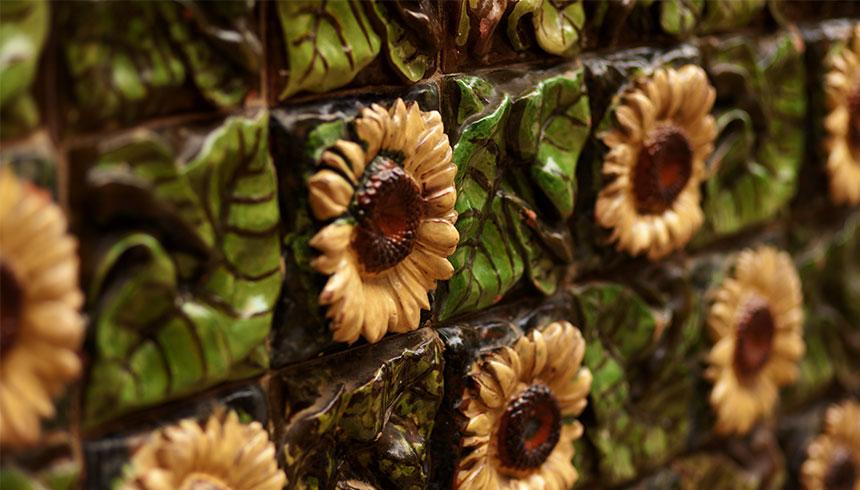
- Bellesguard House by Gaudí.
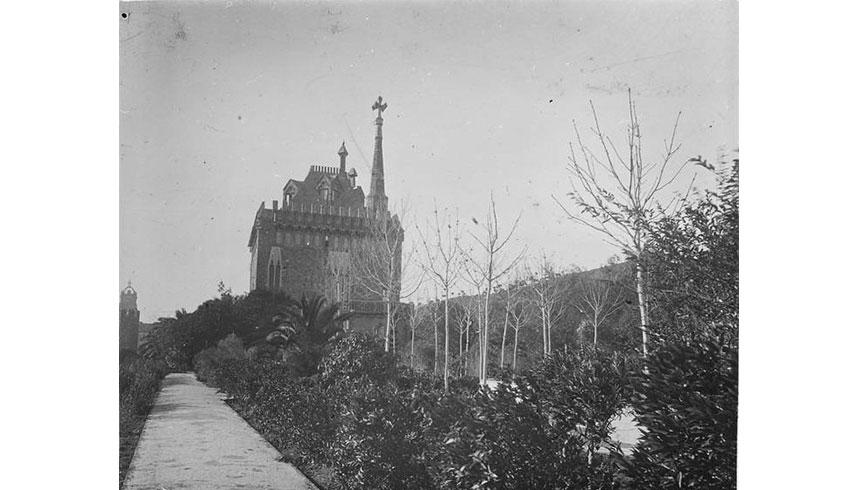
- Garden of the Bellesguard House.

- Outdoor fountain and part of the façade of Bellesguard House.

- Episcopal Palace of Astorga by Gaudí.
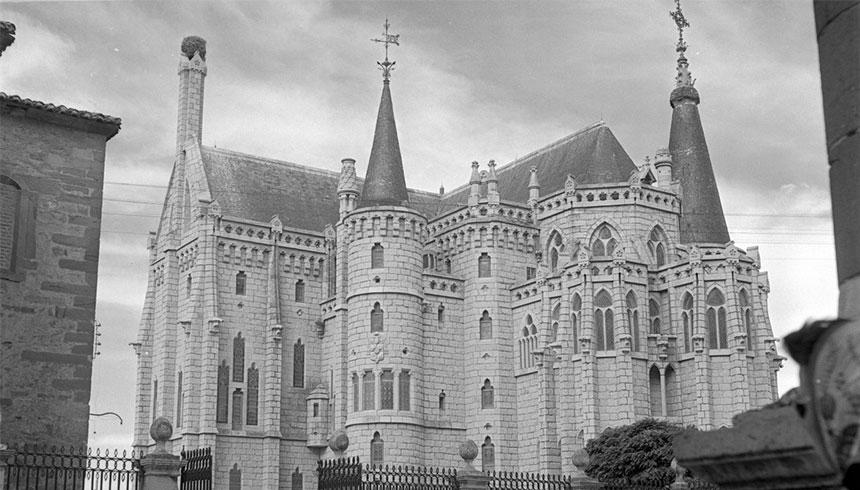
- Calvet House.
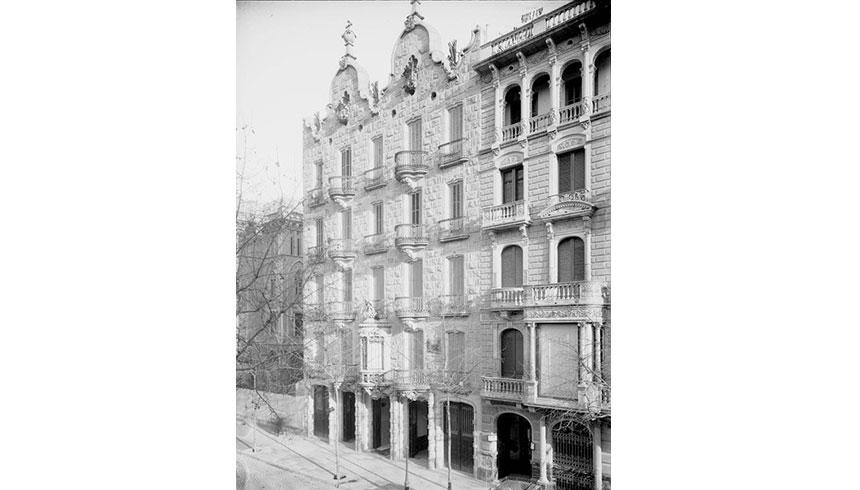
- Monumental fountain and waterfall at Ciutadella Park.
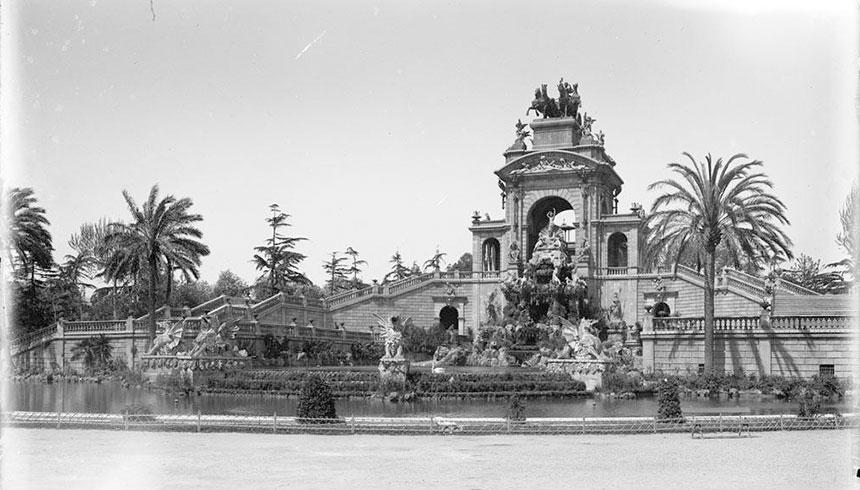
- The Güell winery in Garraf.

- The Güell winery in Garraf.

- Entrance gate to the Güell Garraf Estate.
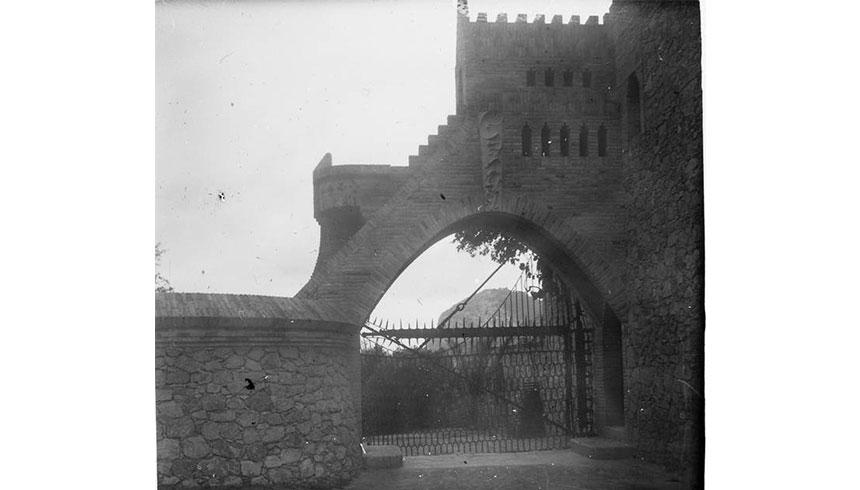
In the first, in which the architect was inspired by oriental art and the neo-Gothic style, his main works were Palau Güell (his first major work), Casa Vicens, the Güell estate in Pedralbes and the Teresian school in Barcelona, and, outside Catalonia, the Comillas Folly (Cantabria), Astorga Episcopal Palace (León) and the Casa de los Botines—also called Casa Fernández y Andrés (León).
The second, mature, phase coincides with the dawn of Art Nouveau in Catalonia, and represents the final superseding of any reference to historicist styles and the achievement of modelling and structural forms of his own, that is, what would later be known as Gaudinian aesthetics. Works from this phase are the church at Colònia Güell, The Bellesguard house, Park Güell, Casa Batlló, the restoration of the Cathedral Santa Maria of Palma (Majorca), Casa Milà and the Sagrada Família (the last work Gaudí began on which he concentrated exclusively from 1918).